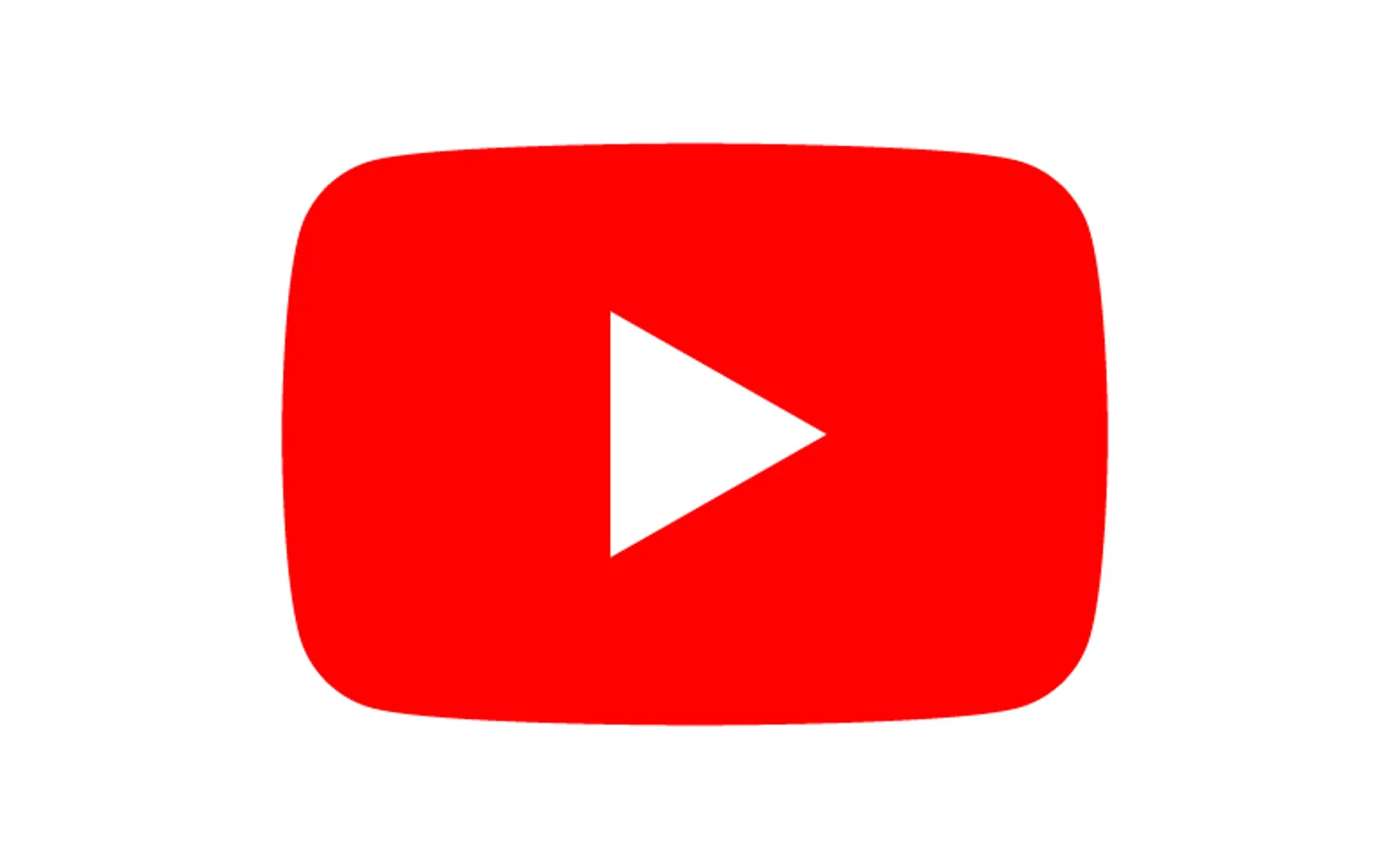Google to implement Limited Ad Serving policy on YouTube starting September
Google announces changes to its Limited Ad Serving policy, affecting YouTube advertisers from September 2024 to 2026.

Google this week has announced an update to its Limited Ad Serving policy. The change, set to take effect in September 2024, will extend the policy's reach to include advertisements on YouTube. This development, revealed on August 13, 2024, marks a pivotal shift in Google's approach to managing ad quality and user experience on its video-sharing platform.
According to Google's official announcement, the implementation of this policy will be gradual, with full enforcement across all YouTube ads expected by 2026. This phased approach aims to give advertisers time to adapt to the new requirements and build trust within the Google Ads ecosystem.
The Limited Ad Serving policy, which has been in place for other Google ad products, is designed to protect the integrity of the advertising ecosystem. It works by limiting the impressions of ads that are deemed to have a higher potential for causing abuse or delivering poor user experiences. This limitation is not a blanket ban but rather a restriction on the frequency with which these ads are shown.
Under the new policy, advertisers on YouTube will be categorized as either "qualified" or "unqualified." Qualified advertisers will not face any restrictions on their ad impressions. However, unqualified advertisers will have their ad impressions limited while they work towards building trust with Google and its users.
The criteria for becoming a qualified advertiser are multifaceted. Google will evaluate advertisers based on several factors, including account attributes, user activity and reports, account maturity, ad format usage, history of policy compliance, the industry in which the advertiser operates, and identity verification status. This comprehensive assessment is designed to ensure that only advertisers who meet Google's standards for quality and trustworthiness can serve ads without limitations.
For advertisers who find themselves in the "unqualified" category, Google has outlined a path to qualification. The company encourages these advertisers to continue building campaigns and creatives that generate positive user engagement. Adherence to Google's advertising policies is also emphasized as a crucial factor. Additionally, eligible advertisers are advised to consider initiating the advertiser verification process, which can contribute to their qualification status.
It's important to note that this policy update is separate from Google's existing certification requirements, which prohibit uncertified advertisers from serving specific types of ads. The Limited Ad Serving policy is an additional layer of quality control that applies even to advertisers who meet the basic certification requirements.
The introduction of this policy to YouTube ads reflects the growing concern over ad quality and user experience in digital advertising. With the rise of sophisticated ad fraud techniques and increasing user sensitivity to intrusive or misleading ads, platforms like Google are under pressure to maintain a high-quality advertising environment.
For YouTube, which relies heavily on advertising revenue, the balance between maximizing ad opportunities and ensuring a positive user experience is particularly delicate. The platform has faced criticism in the past for ads that were perceived as inappropriate or misleading. This policy update appears to be a proactive step to address these concerns and maintain YouTube's position as a trusted platform for both users and advertisers.
The gradual implementation of the policy from 2024 to 2026 suggests that Google anticipates a significant adjustment period for advertisers. This extended timeline may also allow Google to refine its qualification criteria and assessment processes based on initial results and feedback.
While Google has provided general guidelines on how advertisers can work towards qualification, the company has not specified exactly how long the qualification process might take. This uncertainty could pose challenges for advertisers, particularly smaller businesses or newcomers to the platform who may struggle to meet the qualification criteria quickly.
The impact of this policy change is likely to be far-reaching. For users, it could mean a noticeable improvement in ad quality and relevance on YouTube. For advertisers, especially those who rely heavily on YouTube for their marketing efforts, it may necessitate a reevaluation of their advertising strategies and a renewed focus on creating high-quality, engaging ad content.
Industry experts are likely to watch the rollout of this policy closely. Its success or failure could influence similar moves by other digital advertising platforms, potentially reshaping industry standards for ad quality and advertiser verification.
As the digital advertising landscape continues to evolve, policies like this highlight the ongoing tension between the need for robust advertising opportunities and the imperative to protect users and maintain platform integrity. Google's move suggests a shift towards prioritizing long-term platform health over short-term advertising gains.
Key facts of Google's Limited Ad Serving policy update for YouTube
The policy will begin implementation in September 2024.
Full enforcement across all YouTube ads is expected by 2026.
Unqualified advertisers will face limitations on their ad impressions.
Qualification criteria include factors such as account attributes, user feedback, and policy compliance history.
The policy is separate from existing certification requirements for specific ad types.
The gradual implementation suggests an anticipated adjustment period for advertisers.
The move reflects growing concerns over ad quality and user experience in digital advertising.
As this policy unfolds over the next few years, it will undoubtedly be a topic of much discussion and analysis within the digital advertising community.

